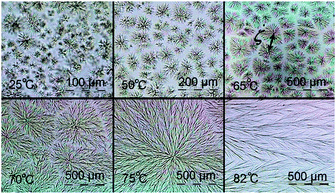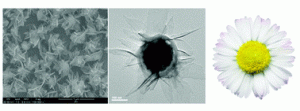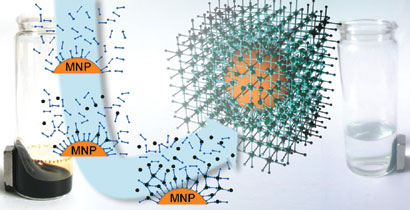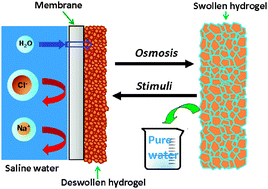Greg Qiao is a polymer scientist and engineer at the University of Melbourne in Australia. His research interests cover various polymerisation techniques, including controlled free radical polymerisations, in a bid to synthesise novel polymeric architectures, biodegradable and functional polymers.
Qiao’s recent communication, published in ChemComm, touches upon his interest in using polymers as coatings for the automotive industry or as potential drug delivery vehicles: ‘Star Polymers Composed Entirely of Amino Acid Building Blocks: A Route towards Stereospecific, Biodegradable and Hierarchically Functionalized Stars‘
Below, Greg takes some time away from his research to talk to us…
What initially inspired you to become a scientist?
When I was a child, I always dreamed of becoming a scientist. I chose science and engineering as my major when starting university and fell in love with both chemistry and chemical engineering. I’ve always believed that science and technology can change and improve life for the human society.
| What was your motivation behind the work described in your ChemComm article? My research group has spent over 10 years in the field of controlled synthesis and characterisation of core crosslinked star (CCS) polymers. We initially used controlled free radical polymerisation methods, including nitroxide–mediated polymerisation (NMP) and atom transfer radical polymerisation (ATRP) methods, to synthesise CCS polymers and study their properties including molecular morphology and solution rheology. We also studied CCS analogues for their suitability as additive to automotive paint. Five years ago, we started to synthesise CCS polymers with alternative polymerisation methods including ring opening polymerisation (ROP) for selectively degradable CCS. More recently, we have been working on new ways to form CCS which is fully biodegradable and biocompatible. In this work, we developed a new process by using peptide synthesis as a controlled chain growth method to produce CCS. This process not only uses entirely naturally occurred amino-acid precursors, but also provides more convenient approaches to functionalise CCS at its core, along the arms and at the end of the arms. We are hoping this work can lay foundation for the new peptide-based drug delivery vehicles. |
| Why did you choose ChemComm to publish your work? Because of the fast and broad readership, as well as its high impact. |
| Where do you see your research heading next? We wish to develop this unique peptide-based CCS as a drug carrier for delivering drugs to targeted cells. My other research direction is using the controlled polymerisation method to create an efficient and thickness-controlled surface coating technology. |
| What do enjoy doing in your spare time? Reading a good article that has a completely fresh, new idea. |
| If you could not be a scientist, but could be anything else, what would you be? Politician or publican servant – something to serve the public. |
Other polymer articles recently published in ChemComm that might also interest you include:-
Emerging synthetic approaches for protein–polymer conjugations
Rebecca M. Broyer, Gregory N. Grover and Heather D. Maynard
Chem. Commun., 2011, 47, 2212-2226
DOI: 10.1039/C0CC04062B, Feature Article
Functional, star polymeric molecular carriers, built from biodegradable microgel/nanogel cores
Jay A. Syrett, David M. Haddleton, Michael R. Whittaker, Thomas P. Davis and Cyrille Boyer
Chem. Commun., 2011, 47, 1449-1451
DOI: 10.1039/C0CC04532B, Communication
A synthetic approach to a fullerene-rich dendron and its linear polymer via ring-opening metathesis polymerization
Jonggi Kim, Myoung Hee Yun, Junghoon Lee, Jin Young Kim, Fred Wudl and Changduk Yang
Chem. Commun., 2011, Advance Article
DOI: 10.1039/C0CC05470D, Communication
Cationic and charge-neutral calcium tetrahydroborate complexes and their use in the controlled ring-opening polymerisation of rac-lactide
Michael G. Cushion and Philip Mountford
Chem. Commun., 2011, 47, 2276-2278
DOI: 10.1039/C0CC04348F, Communication
And also from our sister journal Chemical Science, a Perspective and an Edge Article for you to read:-
Triggered structural and property changes in polymeric nanomaterials
Jason M. Spruell and Craig J. Hawker
Chem. Sci., 2011, 2, 18-26
Cylindrical micelles from the living crystallization-driven self-assembly of poly(lactide)-containing block copolymers
Nikos Petzetakis, Andrew P. Dove and Rachel K. O’Reilly
Chem. Sci., 2011, Advance Article















